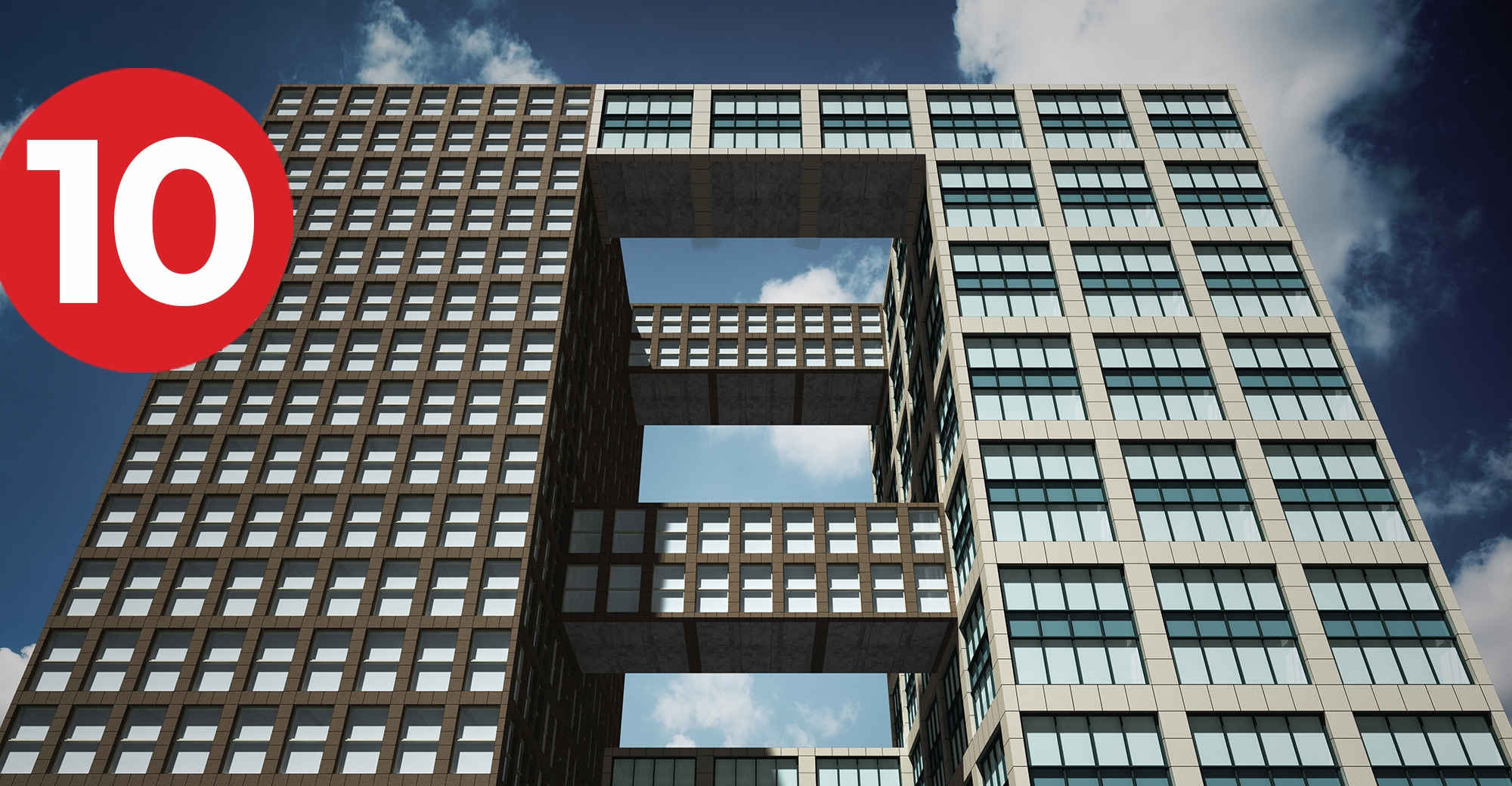Citadel’s Move to Miami Emblematic of Local Real Estate’s Transformation | Bilzin Sumberg
It was recently announced in the news media that billionaire Ken Griffin is moving his $50 billion, 1,000-person hedge fund and trading firm – Citadel Securities – from Chicago to Downtown Miami. Citadel Securities is a giant in the financial services industry. Formed in 2002, Citadel Securities is the largest market maker on the New York Stock Exchange, providing liquidity and trade execution to retail and institutional clients alike, and is active in more than 50 countries. As momentous as this move is, it is in fact part of a well-established trend. Citadel’s move will follow the likes of Starwood Capital Group, Blackstone, and Apollo Global Management- a spate of major financial firms opening large offices in or moving their headquarters to South Florida.
These moves cement an inbound migratory trend, which some were initially tempted to believe was a transitory COVID-induced phenomenon. The common theme is that COVID-19 and technology freed companies and employees from being tied to a specific geographic location- the “remote work” arrangement. What started with a widespread mindset that principals and employees alike could work remotely from sunny South Florida until they were commanded back to their original offices post-COVID, turned into a first-hand realization that the area contained the necessary ingredients to build a thriving business and attract top talent: low taxes, business-friendly state and local governments, lower metropolitan crime rates, favorable climate, excellent connectivity domestically and internationally, and an increasingly competitive local talent market.
Responding to this sustained uptick in migration from other parts of the country, developers are moving full steam ahead on sourcing the dirt they need to meet the demand. This demand has never been more well-heeled and at the same time is robustly domestic in nature, not tied to the ebbs and flows of foreign market instability. In other words, the demand has never been stronger, and it is currently outstripping supply. As developers try to bring product to market as soon as possible- multifamily residential, commercial space, office and industrial properties- it is not surprising to see increased pressure on local infrastructure, from housing to hotels to schools to entertainment, etc., these are growing pains that are already being met and will be mitigated by investments in all these sectors.
Already exciting developments and trends are showing themselves. For example, developers are looking to areas of South Florida that were previously “drive-by communities” that had no “live-work-play” ecosystem. These areas were always advantageously located for such a mixed-use purpose, but for a number of reasons were just the place between point A and point B. These areas are now seeing interest from developers to create the “live-work-play” mixed-use dynamic from scratch due to the scarcity of land and the openness of those municipalities to attract investment, jobs and tax dollars to reinvest into their neighborhoods and public safety. It’s a text book example of developers and the private sector working in partnership with local governments, to find innovative ways to serve a burgeoning regional population. And the overall effect of such dynamic responses to serving public needs has been that migration to South Florida, especially the Miami area, has not ebbed. Gone are the days of, “Why would I move to Miami?.” Today they are asking, “How can I move to Miami?.”



